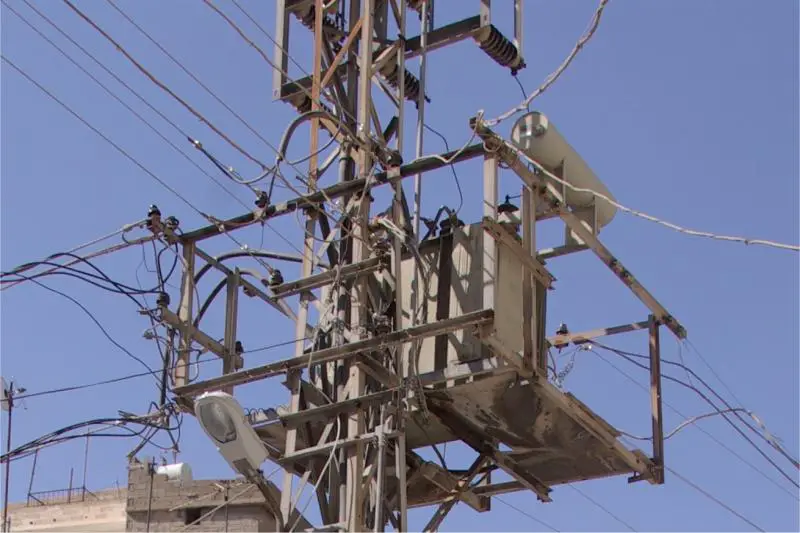Is it also true that if we used high quality wire between our pilons that we could send just 240volts down them rather than say 50'000 volts or what ever it is due to volt drop? what is the reason for sending so many volts down the pilons over the u.k?
For a very long time there has been talk of warm superconductors which would allow you to send 100,000A's down a cable which if it were standard materials would be only good for perhaps 100A.
I think its going to be a very long time before that happens as its yet to become practical outside of a lab.
A typical 1.2GW power station will export quickly onto 132kV pylons. This power at 132kV works out at 5250A per phase. Probably can be handled by 1-2 pylons with 4-2 conductors per phase.
At:
33kV this would be 21,000A per phase
11kV, 63,000A/Phase
400v, 1,732,050A per phase!
As you can guess, 1.7 Million Amps would need quite a large cable if you exported at 400V (230v single phase) from a power station.
With regards to cable losses, the loss is power where:
Power Loss = Current x Current x Resistance
So if you have 1000A going down a cable with a resistance of 1Ohm then you will lose 2MW of energy in heat per phase, or 6MW total 3 phases. You may get 1Ohm after around 15kM of 700mm.sq cable, so your losing about 400W per M of pylon!
(im using hopefully educated guesses here so if somebody knows a more real life example then let me know)
If that 1000A is at 132,000V then you are moving 230MW
So your loss is 2.61% which isnt too much
If your 1000A is at 11kV, then you are moving 19MW
so your loss is 31.6% which is quite allot!
Look at it this way, 50A at the following voltages delivers the following power:
12V 600W
110V (1Ph) 5.5kW
230V (1Ph) 11.5kW
400V (3Ph) 36.6kW
660V 57.1kW
6.6kV 571kW
11kV 1MW
33kV 3MW
132kV 12MW
For 50A you may use 10mm.sq cable. So you can get between 600W and 12,000,000W down your 10mm.sq cable depending on the voltage.
You do have transformation losses to get the HV, but most HV transformers are better than 98% efficiency at each end. Large 200+MW transformers can be around the 99% efficiency mark!
I believe you can get 99.9% if you start to go down the superconducting transformer route but nobody does this in practice.
Stuart
(ps. i hope i got my sums right!)



